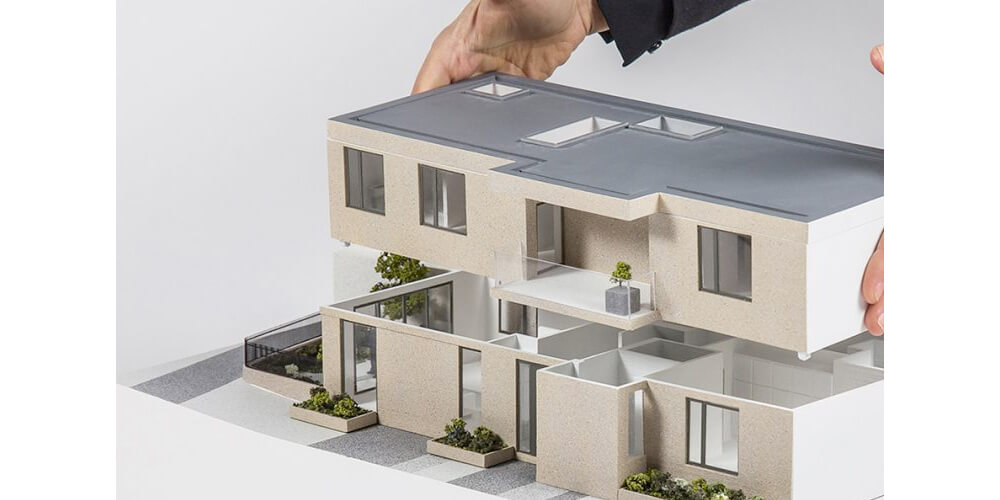Architectural models are physical three-dimensional structures designed to represent a to-be building on a small scale. They give a visualization of how the building will fit into its environment. Architectural models UK are some of the models used in the built industry around the world. You may wonder why a model needs to be used during construction. Models are mostly known to offer a visual appeal to the main project. But that isn’t the only way a model can be used. This blog will discuss a few reasons to use architectural models in the built industry.
1. A sales tool
Note, a well-designed building model can be used as a sales tool. For instance, the 3D model could be used to help sell a condominium in an upcoming project. Potential buyers can then use the design to see where their units would be situated.
2. To bring a sense of reality
When a project is first represented in a well-assembled 3D model, the impact is undeniable. It exudes a sense of reality that makes it more appealing to potential clients than a sketch would. The model influences investors to invest in the project. In addition, it makes the project real and achievable—models exhibit beauty as well as the workability of a project.
Moreover, models enhance the visualization of a building in three dimensions. If you didn’t know how a particular 3-storey mansion would like before construction, a model would provide a good way to envision it. The design helps communicate the spatial links and layout of the building sections.
3. Construction approval process
An architectural model is vital for the building permit and approval procedure. City planners and regulators will always need to see a well-constructed scale model of a project before approving its construction. By seeing the scale model, they can tell how it will impact its surrounding.
Models also quicken the inspection process. Evaluation and analysis of the model can be done easily and fast just before the project construction begins.
4. Communication tool
Architects all over the world, use different languages to communicate. In a field where it can be hard to communicate with the next person, architectural models serve to bridge the language gap between designers. A well-designed model can function as an effective communication tool.
5. Used in and design review to spot potential flaws
Models offer designers a tangible way to assess the original design. If a billion-dollar mall were to be erected without a model trial first, chances are there will be a host of unanticipated problems during and after the construction.
Models help point out potential flaws in the original design. It is economically favorable to spot and fix the flaws at the model stage. Unforeseen problems can be extremely costly later on.
Final Thoughts
Models serve more than to provide a visualization of the main project. They are also a requirement for a building to be approved by construction authorities. A well-assembled model design helps bring out unanticipated challenges in the construction process and can also be used as a tool to market buildings. These are but a few uses of architectural models.
